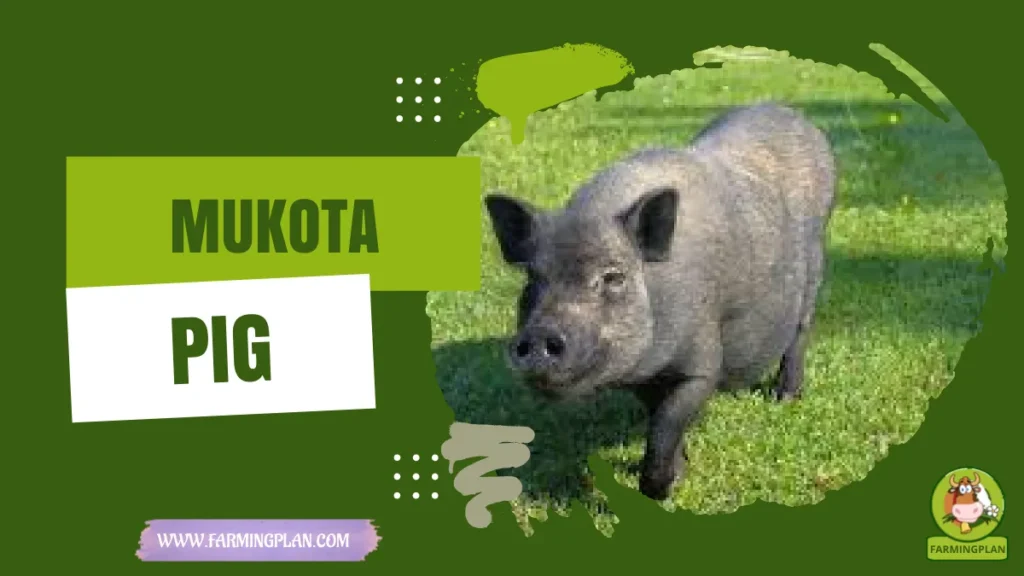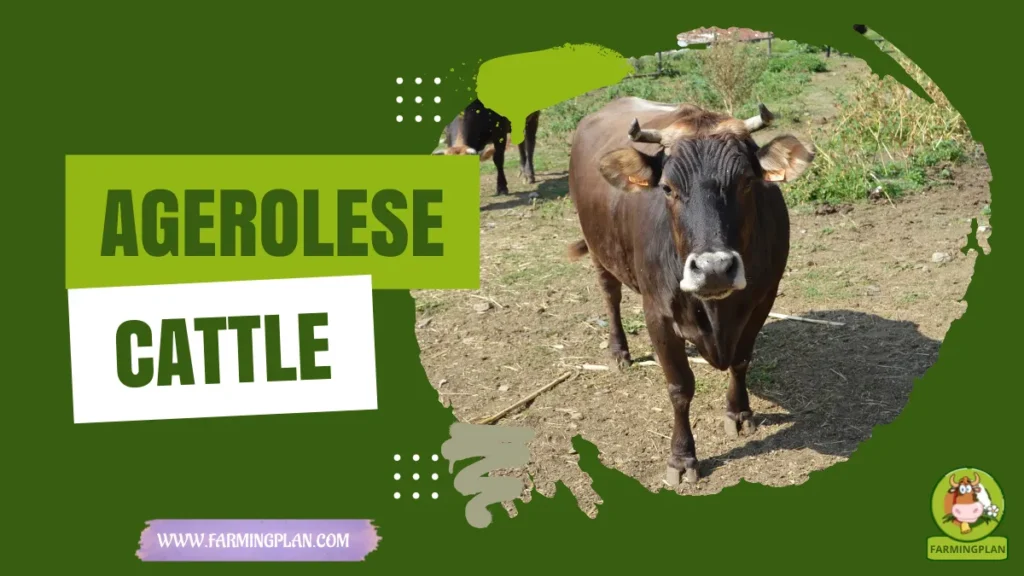If you’re looking for a tough, beautiful, and historic breed, you’ll love Hebridean Sheep. These hardy sheep come straight from the Islands Scottish farmers once called home centuries ago. Known for their rich black fleece and striking multihorned look, Hebridean Sheep have captured the hearts of breeders, farmers, and animal lovers everywhere. Once at risk of vanishing during the nineteenth century, they were saved by passionate parkland flocks and efforts like the Hebridean Sheep Society. Today, raising Hebridean Sheep isn’t just about farming; it’s about keeping history alive. Whether you dream of starting a small flock or admire these primitive sheep, there’s so much to discover about this wonderful breed.
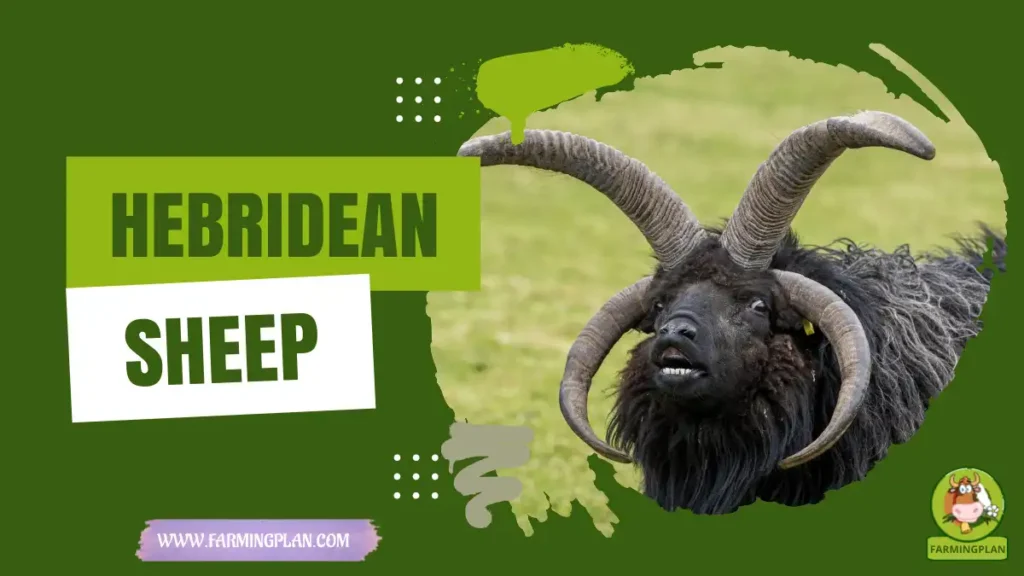
History & Origin
The story of Hebridean Sheep goes back hundreds of years to the rugged coastlines of the Islands Scottish farmers once roamed. These hardy sheep were part of the early primitive sheep groups that survived on the rugged landscapes of the Hebrides. In the eighteenth century, they were a common sight, helping families with wool, meat, and land management. By the nineteenth century, though, things began to change. Bigger sheep breeds started to replace the smaller, wiry Hebrideans. As farming needs shifted toward larger, faster-growing animals, many old flocks of Hebridean Sheep almost disappeared. Thankfully, a few wealthy landowners who loved these dark-fleeced, multihorned sheep kept small parkland flocks alive.
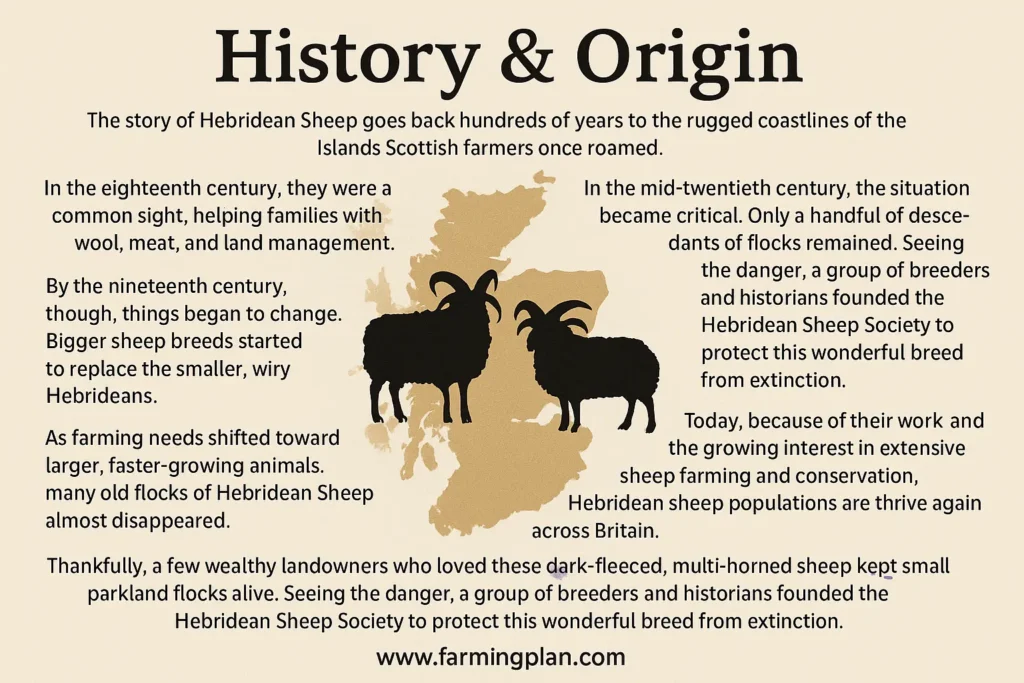
In the mid-twentieth century, the situation became critical. Only a handful of descendants of flocks remained. Seeing the danger, a group of breeders and historians founded the Hebridean Sheep Society to protect this wonderful breed from extinction. Today, because of their work and the growing interest in extensive sheep farming and conservation, Hebridean sheep populations are thriving again across Britain. Some experts even believe that North Ronaldsay and Boreray Sheep share distant roots with Hebrideans, showing the deep and rich evidence of sheep farming traditions that stretch across Scottish islands.
Read More: Columbia Sheep: First Breed in the United States
Characteristics
Hebridean Sheep have a striking appearance that sets them apart from other sheep breeds. Their most famous feature is their black fleece, which sometimes fades to a soft brown in sunlight. Their wool, known as Hebridean wool, is lightweight yet warm, making it highly prized by hobbyists and fibre artists. One of the most exciting traits of this wonderful breed is its horns. Many Hebridean Sheep have two, four, or even more horns, giving them the title of multihorned sheep. Both rams and ewes can have horns, although rams tend to have bigger and more dramatic ones.
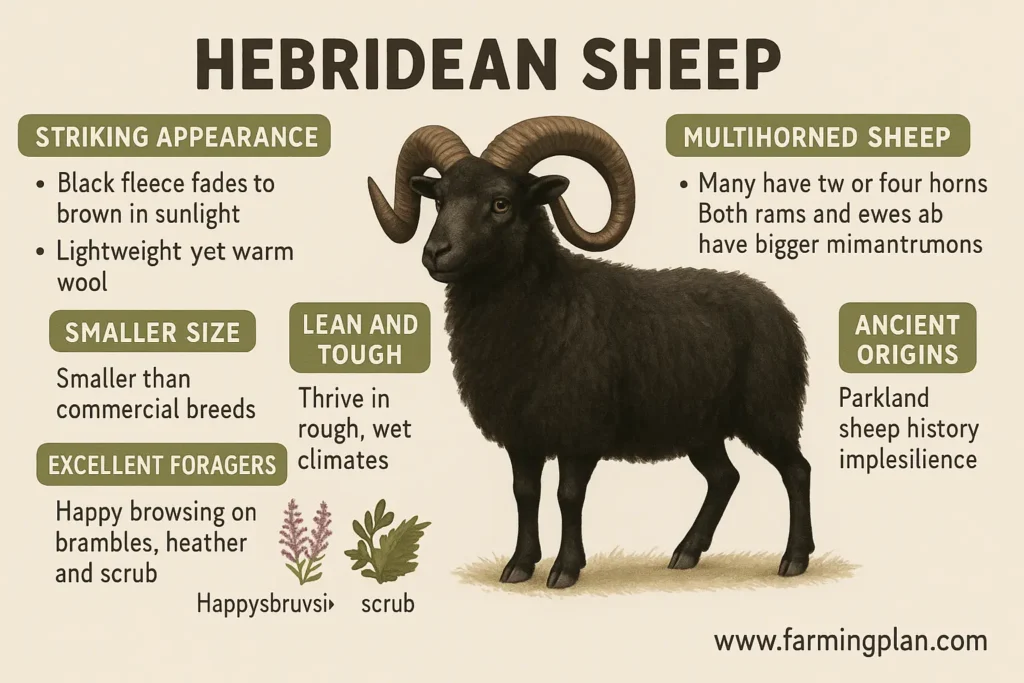
These hardy sheep are smaller than commercial breeds like the Scottish Blackface, but they are built for survival. Their bodies are lean and tough, allowing them to thrive in rough, wet climates where other sheep farms might struggle. This resilience makes them a favourite among farmers looking for animals that need less pampering. Their ancient roots as parkland sheep give them another significant advantage they are excellent foragers. Instead of depending on rich pastureland, Hebridean Sheep happily browse on brambles, heather, and scrub, helping to manage overgrown landscapes naturally.
Read More: Texel Sheep: The Secret to High-Yield Lambs and Quality
Nature and Temperament
Hebridean Sheep are known for their calm yet independent spirit. These hardy sheep are alert and intelligent, making them easy to manage on small sheep farms or large estates. They have a strong flocking instinct, which means they stick together naturally, making herding and moving them much simpler for farmers and pet owners alike. Unlike some heavier sheep breeds, Hebrideans are nimble and quick on their feet. They love to explore their surroundings, often browsing through bushes and trees instead of just grazing grass. This natural behaviour helps with land management and keeps pastures healthy.
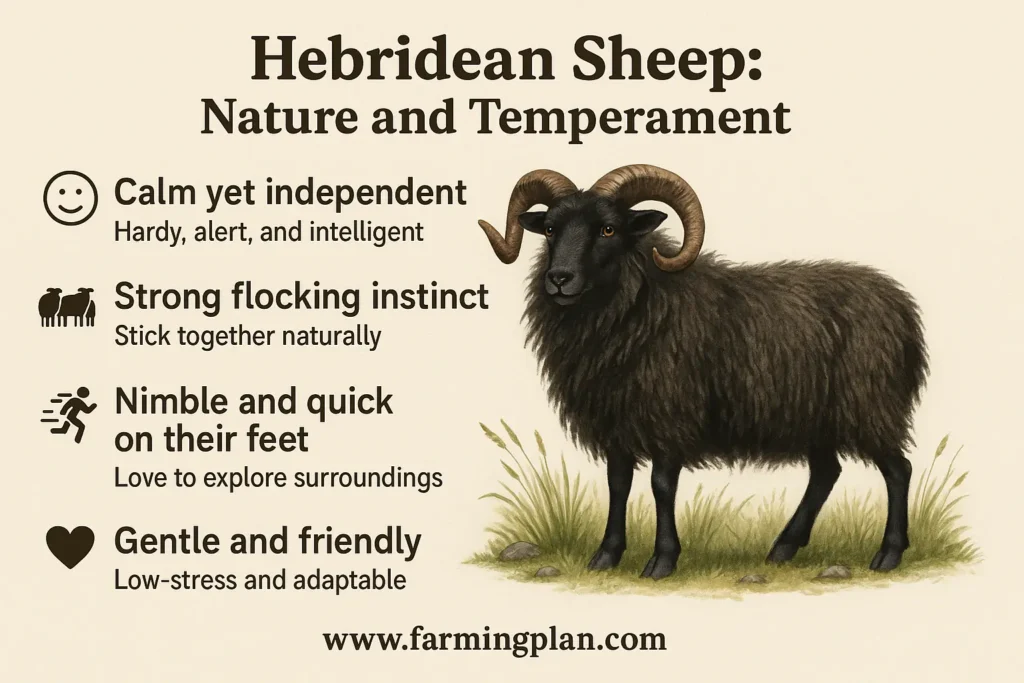
While they are tough and resilient, Hebridean Sheep are also gentle. Many owners say they have friendly personalities, primarily when raised with regular handling. Their independent nature, though, means they prefer low-stress environments and lots of open space. Thanks to their primitive roots as parkland sheep, they can easily adapt to harsh weather and rugged conditions. Whether you are a first-time shepherd or an experienced breeder, Hebrideans offer an outstanding balance of hardiness and charm that few other sheep can match.
Read More: Beltex Sheep: The Powerhouse Breed Every Farmer Loves
Food and Diet
Feeding Hebridean Sheep is simple, especially if you have natural grazing space. These hardy sheep are great foragers. They don’t need rich pastures like some other sheep breeds. In fact, they prefer rough ground with brambles, weeds, and heather. This makes them perfect for land that’s hard to manage. A healthy Hebridean Sheep diet includes fresh grass, hay, and clean water. During winter or dry months, provide extra hay and sheep-safe minerals. You can also offer salt licks to keep their mineral levels balanced. Young lambs and pregnant ewes may need more nutrients, especially when their energy needs increase.
Avoid overfeeding grain. Too much can cause bloating or digestive problems. Hebrideans do best with a natural, low-maintenance diet. Keep their feeding routine steady, and make changes slowly to avoid stomach issues. Good feeding habits support stronger sheep rams, healthier lambs, and better wool. Whether you’re raising one sheep or managing a flock, feeding your Hebrideans well is key to their long life and happy temperament.
Usage and Purpose
Hebridean Sheep are more than just pretty animals — they serve many functional roles on sheep farms, conservation projects, and even in family backyards. Because they are hardy sheep with strong foraging skills, they are perfect for extensive sheep farming. They help manage land by eating tough plants that other breeds ignore. In many places, Hebrideans are used for conservation grazing. Their love for rough vegetation helps control weeds, clear overgrown land, and support wildlife habitats, making them valuable for farmers and landowners who care about natural balance.
Thanks to their small size and calm nature, these sheep also make great choices for pet owners, hobby farmers, and educators. Schools and small homesteads often raise them to teach kids about nature, farming, and responsibility. Their deep-coloured Hebridean wool is another big reason people love this breed. While the wool isn’t as soft as fine merino, it’s warm, durable, and perfect for sweaters, rugs, and crafts.
Special Features
Hebridean Sheep have several standout traits that make them a favourite among farmers, breeders, and animal lovers. Their most eye-catching feature is their horns. These multihorned sheep often grow two, four, or even six horns. It’s a rare trait in modern sheep breeds, making them truly unique. Their dark fleece is another exceptional quality. The rich black Hebridean wool sometimes fades to brown in the sun, giving each sheep a distinct look. This wool is lightweight, durable, and water-resistant — perfect for hand-spinning and crafting warm garments.
One of the best features of these primitive sheep is their toughness. They handle cold, wet weather with ease. You don’t need fancy barns or special care for them to thrive. Their roots as parkland sheep mean they are used to roaming rough ground, making them ideal for extensive sheep farming. Hebrideans also help with natural land care. Their love for brambles, weeds, and tough grasses keeps fields clean without chemicals or machines, which is why so many farmers use them for conservation grazing.
“If you have overgrown land, Hebridean Sheep are the best natural lawn mowers you’ll ever own.”
Health Issues & Prevention
Hebridean Sheep are tough and usually healthy, but they still need good care to stay in top shape. Because they are hardy sheep, they resist many common illnesses found in modern sheep breeds, but a few risks remain.
Watch out for foot rot in wet climates. Keep hooves trimmed and pastures dry when possible. Parasites like worms and ticks can also be a problem, especially in dense or overgrazed fields. Regular deworming and pasture rotation help prevent this. Flystrike is another risk in warm seasons. This happens when flies lay eggs on dirty wool. Check their fleece often and keep it clean, especially around the tail. Shearing once a year helps avoid buildup and makes it easier to spot problems early.
Vaccinations are also necessary. Talk to your vet about a basic vaccine plan, especially for lambs. Healthy Hebridean sheep populations need routine checks for signs like weight loss, limping, or strange behaviour. Clean water, fresh air, and good food do more than keep your flock happy—they help prevent diseases before they start. These small steps go a long way in protecting your animals.
Step-by-Step Farming/Pet Care Guide
Hebridean Sheep care is simple, especially if you follow these simple steps. For new or experienced farmers, this guide will make your sheep comfortable and healthy.
Prepare the Appropriate Space
Before you bring your Hebridean Sheep home, make sure you have enough space. Hebridean Sheep are hardy sheep and prefer open spaces where they can graze and roam. Fencing should be sturdy but not complicated — no need for fancy enclosures. A plain, sturdy fence will keep them safe from predators.
Feeding and Diet
Being natural grazers, Hebridean Sheep do not need lush pastures. They will eat coarse grasses, brambles, and bushes. Provide fresh grass during the summer months. In winter, give hay and ensure that they have a supply of fresh water at all times. Consider providing mineral blocks to maintain their health.
Shearing and Wool Care
Hebridean wool is coarse but valuable. Shear them once a year, in late spring or early summer. This will make them comfortable and prevent flystrike. Use sharp sheep shears and handle the wool carefully so that it does not get damaged.
Health Checkups
Routine health inspection is crucial in preventing disease. Inspect for signs of foot rot, skin disease, or unusual behaviour. Trim hooves as a routine procedure and check for parasites in wet weather. Schedule annual visits to the vet for shots and maintenance.
Grazing and Land Management
Hebridean Sheep are excellent for land management. Let them graze over rough, overgrown ground to naturally clear it. Rotate the grazing to prevent overgrazing and keep the pasture regrowth healthy. This also reduces parasite accumulation in the soil.
Breeding and Lambing
If you want to breed your Hebridean Sheep, let them wait until they reach the age of one year. Look out for pregnancy signs, like weight increase and behaviour change. Lambing typically occurs early in spring. Watch over the ewes in order to experience a smooth and safe delivery.
Expert Tips & Best Practices
Raising Hebridean Sheep is a rewarding experience, and with proper care, your flock will live for years to come. Here are some expert tips and best practices to make your sheep-raising experience even more effortless:
Prioritize Low-Stress Environments
Hebridean Sheep are independent animals and, therefore, like to live peaceful, stress-free lives. Avoid loud noises or any sudden change in their routine. The less noise around them, the easier they’ll be to manage. Gentle, regular handling will help them get used to the human touch.
Give Proper Shelter
Though Hebridean Sheep are strong, they, too, need some shielding against extreme weather conditions. A mere barn or shed would help to shelter them from excessive rain or snow during winter. The shelter must be dry and properly ventilated so that no diseases, such as respiratory infections, occur.
Rotate Grazing Areas
Rotate grazing paddocks on a regular basis to keep your Hebridean Sheep healthy and the ground fertile. Not only does this give your sheep fresh, clean grazing, but it also keeps parasites from building up in an area.
Keep Their Coat Clean
While Hebridean wool is robust and water-resistant, sheep still need clean fleece. Check them frequently for dirt, debris, or signs of flystrike. If your sheep are running overgrown pastures, shear them close to their tails and legs to avoid buildup.
Watch for Signs of Parasites
Although Hebrides Sheep are pretty healthy, they may be attacked by parasites like any other breed. Inspect their skin, wool, and hooves on a regular basis. In case you notice unusual weight loss, coughing, or unusual behaviour, consult your vet for deworming medication.
Do add Conservation Grazing
If you have more substantial land or brambly land, put your Hebridean Sheep to work doing conservation grazing. Because they excel at living on substandard, natural grassland, they’re perfect for keeping an ecosystem intact and in order. They’ll assist in containing non-native weeds and building nutritious soil.
Where to Buy
Suppose you want to have Hebridean Sheep on your farm or land. Well, if so, then there are a number of places where you can get them. Whether you are looking to start with a few sheep or a small group, here is where you can purchase them:
Hebridean Sheep Society
The Hebridean Sheep Society is a great starting point. They can give you contact details of good breeders and resources for shepherding. The Society cares about preserving and enhancing this fantastic breed, so you get quality, healthy sheep.
Local Farmers and Breeders
Some producers that raise Hebridean Sheep sell directly to individuals, especially during the lambing season. Try farm networks in your area or online classifieds. You may occasionally find ads for mature sheep as well as lambs.
Livestock Auctions
The second source is livestock auction sales, where Hebridean Sheep are sometimes auctioned off in lots. These auctions are a good source of healthy sheep. Still, one needs to check the animals and ask the vendors about their health and care history.
Online Marketplaces
Websites like Preloved, Craigslist, and Farmers Weekly often feature listings for Hebridean Sheep. Before making a purchase, check the legitimacy of the seller and, if possible, visit the sheep in person.
Conservation Programs
Specific conservation programs offer Hebridean Sheep for sale or adoption, especially if they are part of a grazing project. This is an excellent way to get started by raising such hardy sheep and contributing to conservation efforts.
FAQ
What are Hebridean Sheep famous for?
Hebridean Sheep possess a distinctive black fleece that darkens to brown on exposed areas and becomes greyish with age. They are also characterized by their multiple horns, the rams and ewes, which typically have two or more sets. These robust sheep are perfect for conservation grazing since they can thrive on poor grazing and browsing.
Where did Hebridean Sheep originate?
Hebridean Sheep came from the Hebrides, an island chain off Scotland’s west coast. They were previously referred to as “St Kilda” sheep because they were exported from the St Kilda archipelago during the 19th century to be used as parkland livestock. Their specific origins are unknown, but they are thought to be the offspring of ancient breeds that grazed the Scottish islands for centuries.
What do Hebridean Sheep eat?
Hebridean Sheep are grazers that eat grasses and herbs. They will also eat some woody plants, like brambles, which other breeds will not touch. Their strong browsing behaviour makes them ideally suited for scrub land management and helping preserve native wildlife.
How do I care for Hebridean Sheep?
Hebridean Sheep care includes giving them sufficient grazing land and providing clean water and shelter during extreme weather. They need regular health checks, hoove trimming, and parasite monitoring. Their hardiness makes them suitable for different climates, but proper care guarantees their health.
Where can I purchase Hebridean Sheep?
Hebridean sheep can be found for sale via the Hebridean Sheep Society, which has a marketplace for registered breeders. Farmers, livestock auctions, and online marketplaces may also sell Hebridean Sheep. Care must be taken to ensure that the sheep are sourced from good-quality breeders to maintain the integrity of the breed.
Conclusion
Hebridean Sheep are a remarkable breed originating from the Hebrides of Scotland, known for their distinctive black fleece and multiple horns. Their hardy nature makes them ideal for conservation grazing, as they thrive on rough grazing and have a strong preference for browsing. Caring for them involves providing adequate grazing land, clean water, and shelter during harsh weather. They are also known for their excellent mothering abilities and prolific breeding. Whether you’re interested in their wool, meat, or ecological benefits, Hebridean Sheep offer a unique and valuable addition to any farm or conservation project.

